Everyone loves to find treasure. Yours might be shells or sea glass, for others it might be old bottles that wash ashore or special stones like agates and jasper. For the fortunate few, old glass fishing floats are the most prized of all.
The thrill of the hunt and that jolt you feel when your eyes spot something great can be addicting.
How can you find your own beach treasures?
1. Research potential locations before you go. That way, you can decide where to visit depending on what you are looking for. Rocky beaches will yield more agates than soft sandy beaches but you will find more intact shells on sandy beaches.
I often use Google to do my research, along with travel sites. Don’t forget to contact the Chamber of Commerce! At one coastal town they gave me a map, and marked the beaches where I was most likely to find fossils, shells, or agates. (All different beaches by the way.)
I went right out and found three fossils on a fairly deserted stretch of sand.
2. Arrive about 30 minutes past high tide.
Walk the high tide line first, then on your way back you can explore the newly exposed wet sand. You will have twice the opportunity to find things on the same beach.
I have found some great stuff at the high tide line. Old glass liquor bottles, items of Japanese origin (a toy, bottle caps, a couple of bottles with Japanese characters written on them), sea urchin shells, and a couple of glass fishing floats to name a few.
Shells, sea glass, and agates tend to be further down the beach after the tide has gone out a few feet, especially when the beach has a noticeable slope.
Lighter things like these tend to get caught as they travel up the sandy slope, so you will find them on the lower part of it.
If you have a rocky beach, look for clusters of rocks and sort through those. I often find agates and sea glass under layers of larger rocks.
If you find a clump of seaweed or sea grass, move it over with your foot. I’ve found agates this way!
3. The time of year when you visit the beach will have an impact on how much and what kind of treasure you may find.
Winter and early Spring storms disturb a lot of sand and much of it is taken off the beach as the waves churn. The way the ocean currents work is also beneficial to beach combers.
After winter and Spring storms, you are more likely to find glass floats, bottles, and other interesting things.
Two indicators that something special might be on the beach are Velella Velella (by-the-wind-sailors), and gooseneck barnacles. These come in on special currents from far out in the ocean. If you hope to find a float, get to the beach when these are present!
4. If you find an area where it looks like a patch of broken shells, stop and look carefully. These are the spots where I’ve found miniature sand dollars.
5. Intact shells are trickier to find on Oregon’s rocky shores. I’ve found that sandy coves are pretty good for sand dollars, and beaches with patches of rocky formations pre pretty good for finding snail shells, and other small shells. These tend to get mixed in with the gravel and get stuck on the beach. If you’re able to find out, knowing where sand dollar colonies live will be a great help to you when you are looking for shells on the beach.
Some do’s and don’ts:
DO
* DO watch for sneaker waves.
They are unpredictable so you need to keep a watchful eye on the ocean. Never turn your back to it!
* Do pay attention to the signs near the beach access.
Some beaches do not allow collection of certain materials. You don’t want to get a big fine for collecting free treasure!
* DO pay attention to the bright yellow beach signs along the dunes with numbers on them.
In case of emergency you can use these numbered locations to tell emergency responders where to find you.
DON’T:
* DON’T collect live animals.
Sand dollars are purple/brown when alive, and you will see a spiny coating that moves in a stiff, wiggly fashion.
Check your snail shells for a snail or hermit crab living inside. Place them back where you found them.
* Don’t remove sea stars from the beach.
* DON’T pry anything from rocks, plants, or driftwood.
* DON’T disturb any animals like birds, seals, or sea lions. Stay back. It is safer for you and for them. If you are concerned about an animal, call the local fish and wildlife office, or a sea life aquarium to alert someone who can help.
Have a wonderful visit to the beach. Stay safe and have fun!
(All images taken and owned by author Stephanie Stone. Everything pictured was found on Oregon beaches.)
Miniature sand dollars
Velella Velella
Agates
Inside my bag. Sea glass, a piece of broken pottery, agates, clam fossils.
Sea glass
175views
Share on Facebook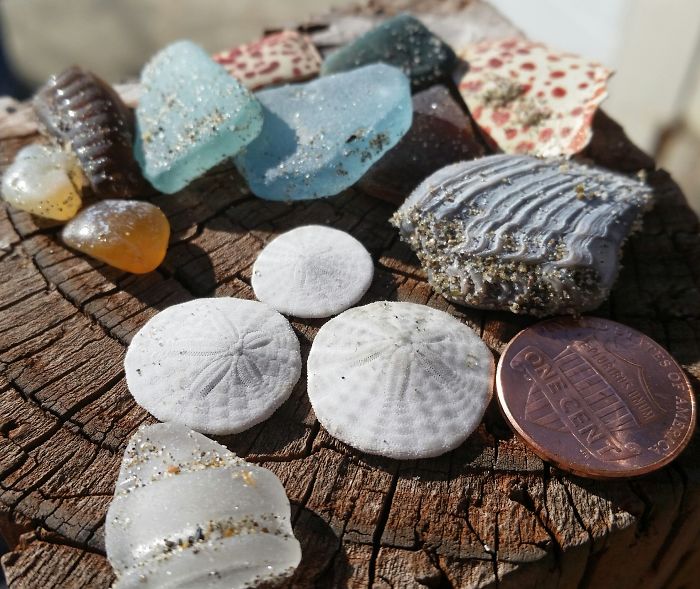
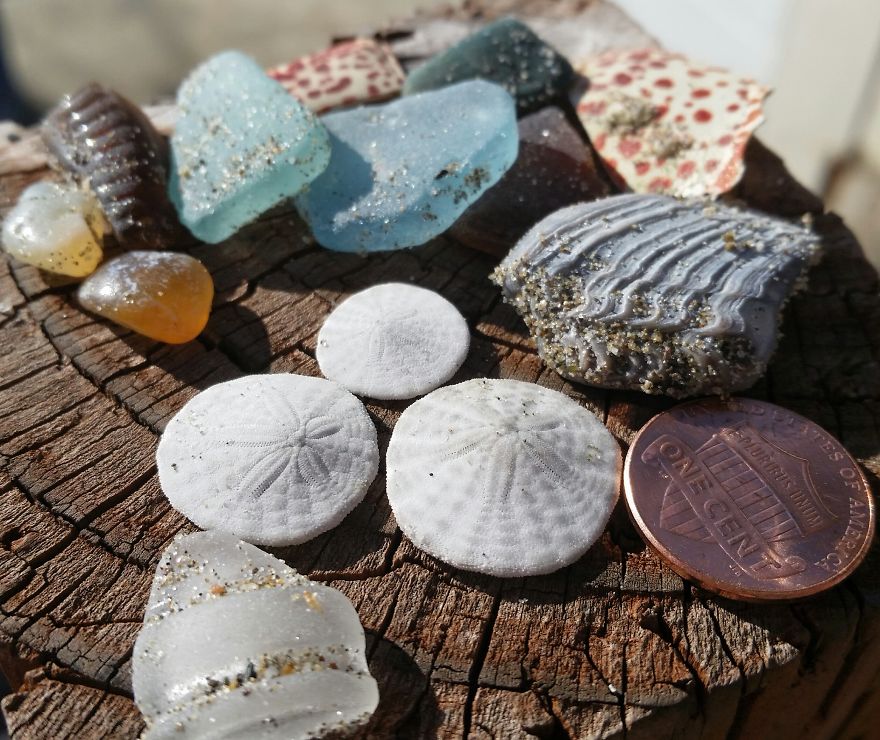
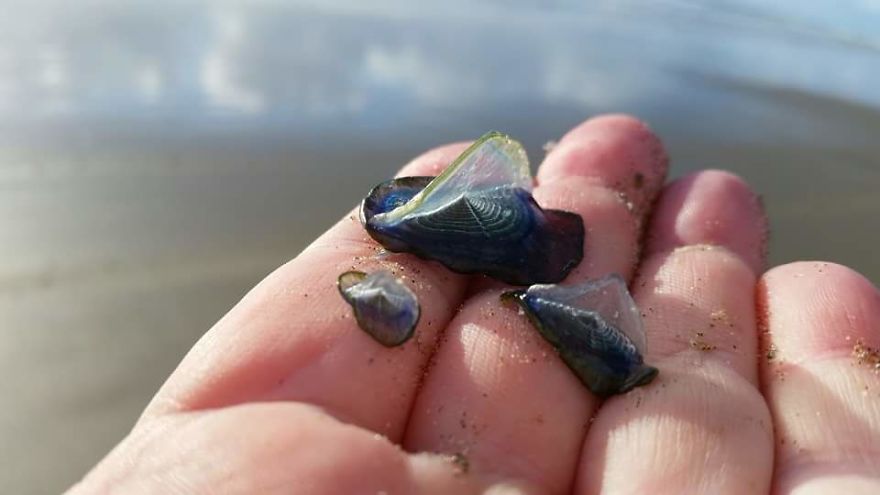
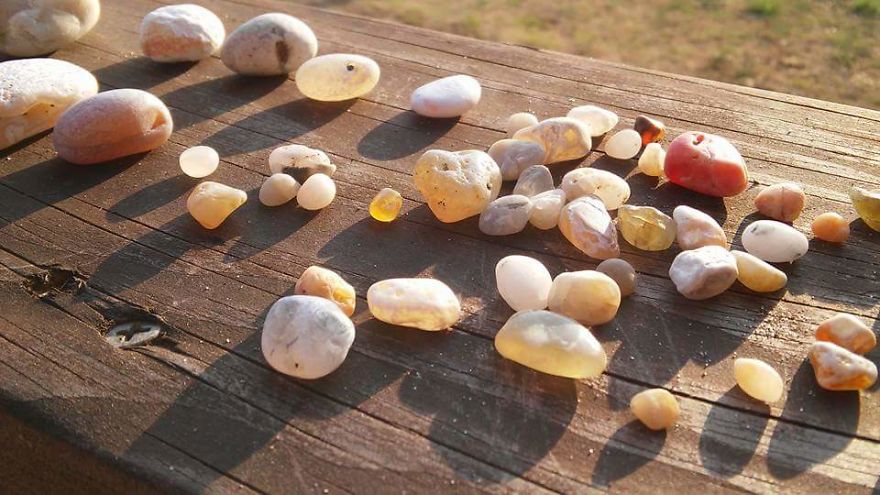
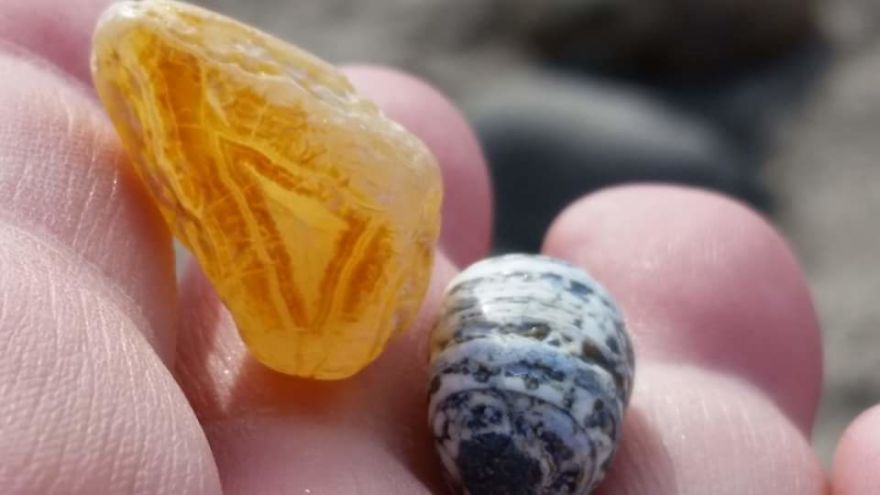
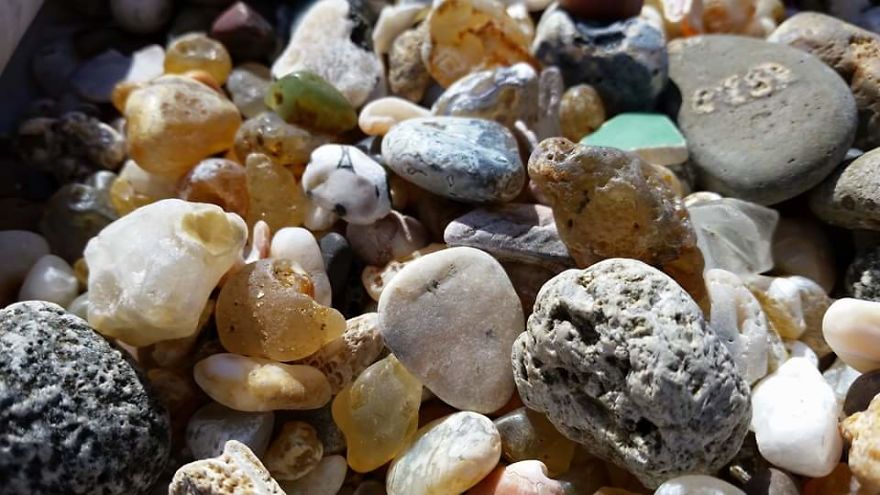
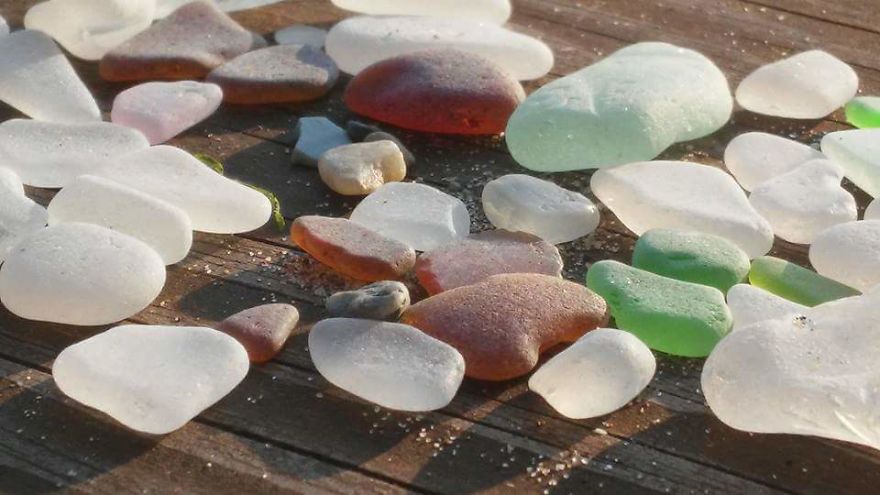
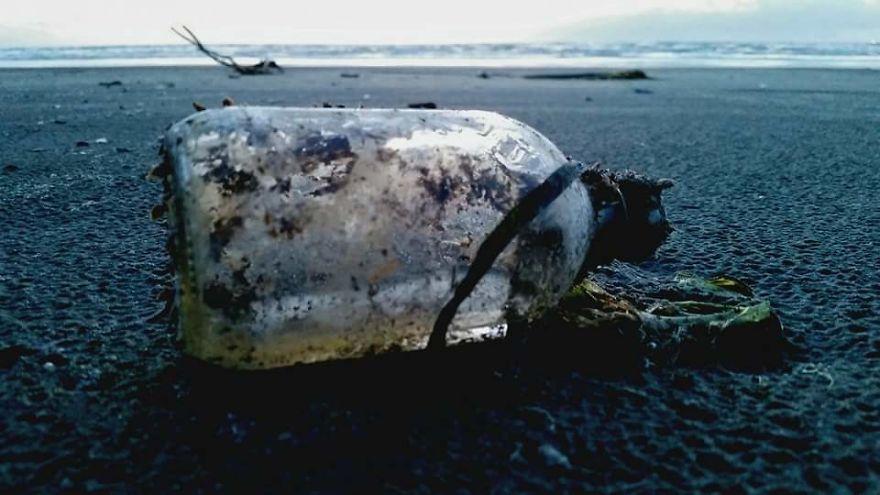



3
0